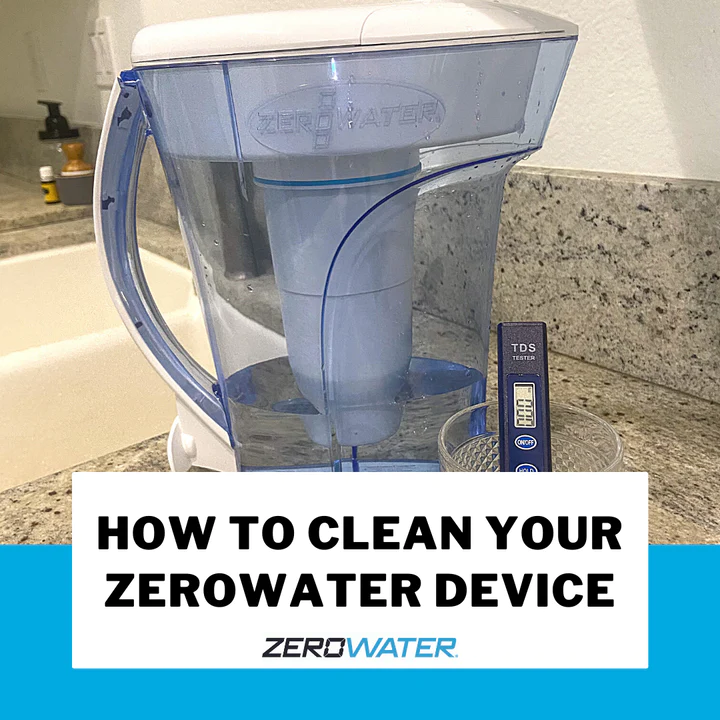Water is a precious and critical resource. It is undoubtedly the healthiest and most natural beverage to drink and humans can utilize its nourishments in many unique ways. When we drink water, we often take for granted its contents and don’t consider what may be contaminating it. To the naked eye, it is often difficult to see any microorganisms or contaminants that may be populating your drinking water. Even though these impediments cannot necessarily be seen, it does not mean they are not a threat to your water. Without a reliable water purification mechanism filtering your water source, you are at the liberty of the cleanliness of water from state and federal regulations.
How Do Common Drinking Water Contaminants Emerge?
The water that gets delivered to our homes, offices, and businesses flows from different sources of surface and groundwater sources, via the infrastructure of our water companies and governmental departments. The Environmental Protection Agency (EPA) has set the regulation of clean water in the United States which requires Federal and State governments to abide by these standards.
The EPA does its best to make sure Americans have access to clean drinking water, but common water contaminants often slip into our pipes. Contamination of a water company’s pipes and filtration systems happen. Boil water advisories are typically the first sign. According to the Center for Disease Control and Prevention (CDC), this can happen through manufacturing, sewer issues, common recurring substances, and more.
What Are Common Contaminants Found In Drinking Water?
Minerals like calcium and magnesium are safe to drink in water, but other minerals, bacteria, and contaminants are not. Here is a list of the most common water contaminants that could have made it into your tap water:
- Chlorine: A disinfectant used in water to kill contaminants. Small amounts of chlorine in drinking water will not cause any harm to humans, but a large singular amount or ongoing exposures can affect taste, smell, and appearance.
- Asbestos: This contaminant was once heavily used in construction in the early 1930s. The EPA lists asbestos on their list of regulated contaminants in water as it can cause serious health issues.
- Fluoride: A common ingredient in toothpaste, many state and local governments allow small levels of fluoride to exist in water due to its properties that help prevent cavities. However, consuming large levels of fluoride in drinking water can cause bone issues.
- Lead: This metal is very dangerous to humans, and should not be consumed. The level of lead that can be found in drinking water according to the EPA is 0. The Flint, Michigan water crisis was primarily caused by the water from the river reacting with the distribution system’s service pipes and solder causing corrosion. This then caused high amounts of lead being poured into the city’s drinking water.
- Iron: Low levels of Iron are safe to consume in drinking water as iron helps the body. However, drinking water with too much iron, or overexposure to iron, can cause hemochromatosis, which can lead to arthritis over time.
These are the primary examples of impediments that can make it to your water but are part of a much larger list of common drinking water contaminants. There are many more substances that could potentially be running through your faucets. While this may seem scary or raise concerns, hopefully, it encourages regularly checking your water levels using a TDS meter or Total Dissolved Solids meter. Investing in a water filter can also be a tool to help remove contaminants from your drinking water.
How To Remove Contaminants From Drinking Water
Water filters contain technology that allows them to remove harmful contaminants. There are different types of filters you can purchase to clean the water in your home. Some filters attach to your faucet, a pitcher, or cups. Most filtration processes are 2-stage, where initially harmful particles and other substances are removed, and then the reverse omissions cycle begins. At home, removing unwanted substances in tap water is easy with a ZeroWater Pitcher or Dispenser. The ZeroWater filters in these devices implement a 5-stage filtration process. Our filters trap contaminants, particles, and much more, through various stages to remove up to 99.6% of total dissolved solids. These 3 added stages help to ensure tap water is pure and safe to drink.
Investing in a ZeroWater Filtration System gives you the confidence you need to have clean and safe drinking water right at home.


